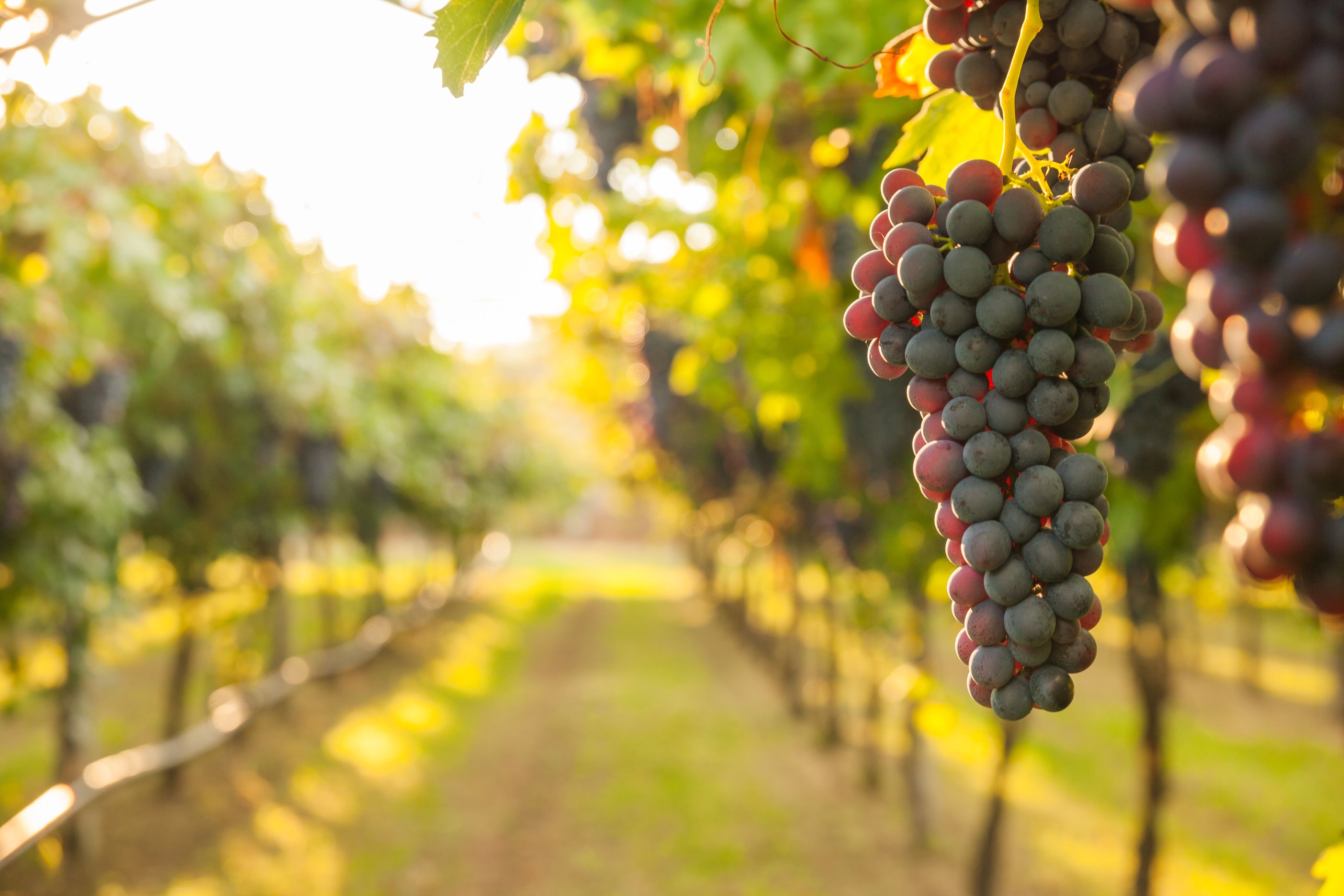Want to Find the Best Winery Here is what makes one better
Want to Find the Best Winery? Here is what makes one better. To begin, lets start with the way in which grapes are grown (Viticulture) and in how they are subsequently processed into wine (Vinification) are the two main factors that affect wine quality.
Viticulture
Common-sense activities such as keeping the vine disease-free differentiate the consistency of the fruit and, eventually, the wine. It also helps to pick only the ripest grapes and then send them to the winery quickly so as to avoid too much oxidation.
- Yield - The fewer bunches of grapes per vine, the stronger the taste and the more intense their flavor will be. At the lesser yields of the very best vineyards top quality, Burgundy can be produced as opposed to lower quality wines.
- Soil - The vine grows in the soil which consists of rock particles, humus (decomposing organic matter), and nutrients of different sizes. The perfect wine-growing soil is low in nutrients, well-drained and able to hold the amount of water that the plant requires to grow.
Quality wines, however, come in all colors, in all degrees of sweetness and dryness and in all flavor profiles. Just because a high-quality wine doesn't mean you're really going to enjoy it, any more than a three-star rating means you're going to love a certain restaurant. The choice of wine is clearly more important to personal taste than to price.
The aim of viticultural practices is, in simple terms, to concentrate the glucose in the fruit, not just in the vine. Left to its own devices, the plant must use all the tools available to grow stronger and larger.
Vinification
The timing for fermentation is critical in converting the juice of the grape into wine. This process must be done quickly to cut down on oxidization, which spoils their flavor. There have been breakthroughs in modern winemaking techniques in understanding the effects of climate, as well as temperature regulation during fermentation. The awareness has boosted the overall quality of today's wine.
There are many wine-making treatments and some are very extreme, which can ruin or taint the flavor. These are often used for convenience when storing large amounts of lesser-quality wines.
Climate and weather
Differentiating climate and weather are important: Climate refers to the average weather characteristics over a period of several years. The changes created in these features make up the weather.
The quantity and consistency of the fruit are influenced by factors like climate, environment, and soil. Heat is essential: By mixing CO2 and water, the plant uses sunlight and chlorophyll to produce the glucose it requires for growth and vigor.
Temperature
In order to undergo photosynthesis, the vine requires an average temperature of 16 to 22oC during its growth period. Additionally, different varieties need varying quantities of heat to reach maximum maturity.
- Cool - regions with an average temperature of 17oC or under during the growth cycle of the plant. Ideal for varieties with short intervals.
- Mild - Places with an average temperature between 17 and 18.5oC.
- Warm - Temperature average between 18.5 and 21oC. Ideal for varieties with long intervals.
- Hot - Heat above 21oC. These regions are not well suited for wine-growing.
About California Wines
California's beautiful weather during the year is perfect for winemaking.
Pleasant sunlight ensures a strong and long season of grape growing, while the richness of California soil embraces a multitude of varieties of winegrape and unexpected variations of flavor. The rugged coastline of California exposes neighboring vineyards to natural "air conditioning" in the form of fog and breezes, making for exceptional varieties of Chardonnay, Pinot Noir, and other cool climates. Thanks to rivers, lakes, and deltas, warmer interior valleys get the same cooling effect.
Meanwhile, vines planted along California hillsides get a fine mixture of cooling air and clear, unfiltered sun-conditions that were born to love Cabernet Sauvignon and Merlot.
The soils are as diverse as the regions. Sand, clay, loam, granite, volcanic ash, sediment under the seabed, river gravel: each contributes its own distinct minerality. And winemakers are no less diverse: Immigrants from all over the world have arrived in California since the 1700s, bringing with them their vines and skills. Hard-earned secrets of soil, atmosphere, and vine have passed from generation to generation, supplying California wine with its remarkable history and spectacular spectacle.
Category: Wineries
Business News
Popular Posts
- Universal Pursuit of Happiness - Wisdom from World Religions
- Overcoming Ego and Self-Centeredness - Lessons from World Religions
- Transcending Materialism - Spiritual Practices from World Religions
- Overcoming Prejudice and Intolerance - Guidance from Global Faiths
- How Mind Balance Can Improve the Mindsets of Employees
- Interfaith Insights by 1WorldPeace - The Top 100 Universal Beliefs in Global Spirituality
- Bridging Beliefs - Finding Common Ground in Love and Respect
- The SmartGuy Vision - A United Future Through Interfaith Love and Respect
- A Cautionary Vision - The Grim Future of a Divided World Without Love and Balance
- A Tapestry of Faiths - Exploring the Common Threads in World Religions
- Fostering Harmony Among Christianity Islam Buddhism Hinduism and Judaism
- Preparing Kids for Adulthood - 15 Vital Skills They Wont Learn in School
- Navigating Diversity - Jerusalem's Tactical Approach to Interfaith Harmony
- Clearing Mental Plaque: The Path to Enhanced Communication and Divine Connection
- Why Return to Jesus Christ and the Church
- Top 50 Ways to Live Longer
- Adventurous Romance -The Key to Enhancing Relationship Chemistry
- Pork Tenderloin with Mustard Cream Sauce
- Navigating Technology and Media for Optimal Mental Well-Being
- Understanding the Link Between Mental Health and Substance Abuse
